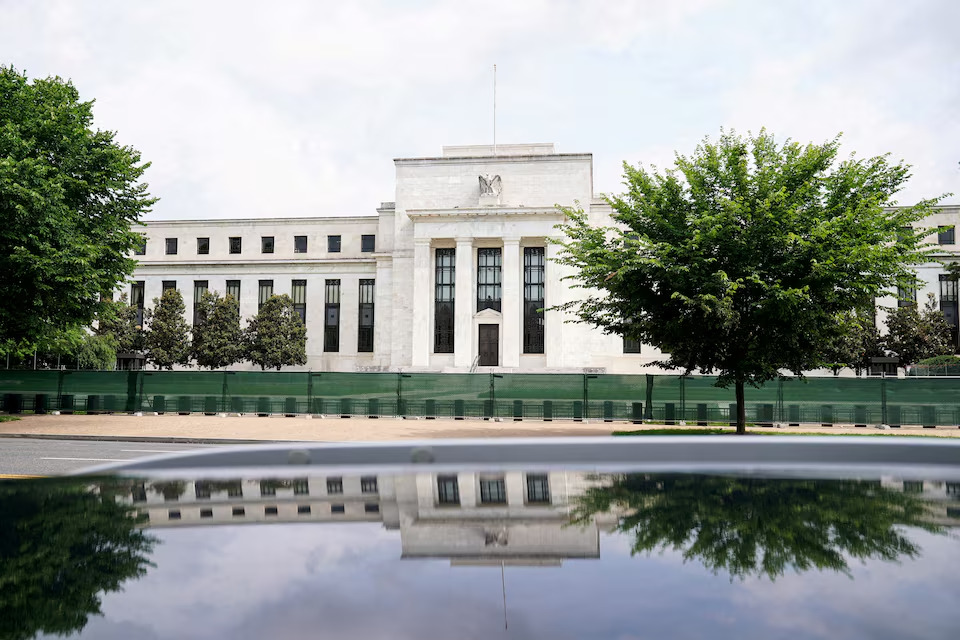- US president is pressuring Fed to sharply lower interest rates
- Fed policy rate of 1% is typically a sign of economic crisis
- Cuts to that level could reignite inflation, raising government borrowing costs
WASHINGTON, July 14 (Reuters) – U.S. President Donald Trump says the Federal Reserve should set its benchmark interest rate at 1% to lower government borrowing costs, allowing the administration to finance the high and rising deficits expected from his spending and tax-cut bill.
Trump should be careful what he wishes for.
A Fed policy rate that low is not typically a sign that the U.S. is the “hottest” country in the world for investment, as Trump has said. It is usually a crisis response to an economy in serious trouble.
The U.S. economy isn’t in that kind of trouble now. But with near-full employment, ongoing economic growth and inflation above the U.S. central bank’s 2% target, the super-low interest rates Trump seeks could easily backfire if investors in the $36 trillion Treasury market saw such a move as meaning the Fed had caved to political pressure and cut rates for the wrong reasons.
Congress tasked the Fed with maintaining stable prices and full employment, not making deficit spending cheap, and slashing rates in the current environment could well reignite inflation.
“I am not necessarily convinced that … if the Fed tomorrow decided we are cutting to 1%, that this would have the traditional impact on long-term interest rates. The bond market fear would be that inflation would reignite and essentially we would have a loss of Fed independence and a de-anchoring of inflation expectations,” said Gregory Daco, chief economist at EY-Parthenon. Though there is “scope to ease” from the current 4.25%-4.50% range, it is nothing like the magnitude of cuts Trump envisions, he said.

